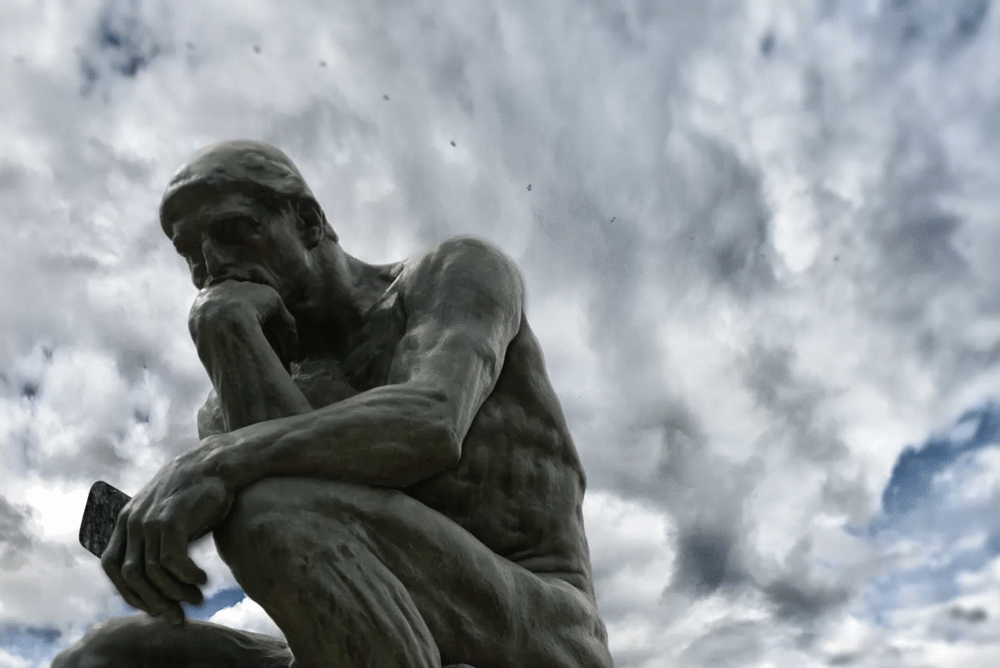What with Russia’s bloody invasion of Ukraine raging unabated, and now Israel’s retaliation after extensive Hamas terror attacks from Gaza, it’s understandable that journalists, their audiences and politicians have paid little attention to a massive ongoing humanitarian crisis in interior Asia where western media lack observers on the ground.
Beginning Sept. 19, Azerbaijan’s military crushed the self-proclaimed (and not internationally recognized) Artsakh republic in the mountainous Nagorno-Karabakh enclave within its borders.
The attack panicked and drove out at least 100,000 ethnic Armenians — now forced to cope as refugees in neighboring Armenia. This followed Azerbaijan’s cutoff of the crucial transit corridor from Armenia that had resulted in dire shortages of food, fuel and medical supplies. One factor here is the erosion of Russia’s history of providing Armenia’s security and regional peace-keeping because of its Ukraine entanglement.
The September takeover of the population’s ancient homeland is a straight-up case of “ethnic cleansing,” according to the European Parliament and a Council on Foreign Relations analysis. “In one fell swoop, one of the world’s most brutal dictatorships destroyed one of the world’s oldest Christian communities,” writes Joel Veldkamp, the head of international communications with Christian Solidarity International.
The vanishing ethnic enclave dated back to 1,722 years ago when Armenia became the first state to collectively adopt the Christian religion. As geography evolved, the Nagorno Armenians found themselves caught in a sector within Azerbaijan.
The latest “World Christian Encyclopedia” edition reports that Azerbaijan is 96% Muslim while most of the Nagorno population, and 84% of the population in neighboring Armenia, belong to the Armenian Apostolic (Orthodox) Church. Tensions were contained when the entire area was controlled under the Soviet Union, but that regime’s collapse led to the ongoing religio-ethnic struggle between newly independent Armenia and Azerbaijan.
The Nagorno collapse is historically important in its own right but, importantly, it raises how religious liberty should be understood and championed.










